Home>Articles>How To Clean An Outdoor Umbrella To Remove Unsightly Buildup


Articles
How To Clean An Outdoor Umbrella To Remove Unsightly Buildup
Modified: January 14, 2024
Discover effective methods to clean outdoor umbrellas and remove stubborn buildup with our informative articles.
(Many of the links in this article redirect to a specific reviewed product. Your purchase of these products through affiliate links helps to generate commission for Storables.com, at no extra cost. Learn more)
Introduction
Outdoor umbrellas provide much-needed shade and protection from the elements, making them essential pieces for any outdoor space. However, over time, these umbrellas can accumulate dirt, dust, pollen, and other unsightly buildups that can detract from their appearance and compromise their functionality. To keep your outdoor umbrella looking its best and ensure its longevity, regular cleaning is essential.
In this article, we will guide you through the step-by-step process of cleaning an outdoor umbrella to remove any buildup and restore its original beauty. Whether your umbrella is made of fabric or another material like vinyl or canvas, these cleaning techniques can be applied to help you achieve a fresh and clean umbrella.
Before we get into the cleaning process, it’s important to gather the necessary materials and tools to ensure a successful cleaning experience.
Key Takeaways:
- Regularly cleaning your outdoor umbrella with a gentle dish soap or specialized cleaner, soft brush, and water hose will remove unsightly buildup and extend its lifespan, ensuring a fresh and clean appearance.
- Assessing the umbrella’s condition, removing loose debris, and thoroughly drying the fabric and frame are crucial steps in maintaining the umbrella’s cleanliness and preventing mold, mildew, and water damage.
Read more: How To Clean An Outdoor Umbrella
Materials and Tools Needed
Before you begin cleaning your outdoor umbrella, gather the following materials and tools:
- Mild dish soap or umbrella cleaner: Look for a gentle dish soap or specifically designed umbrella cleaner that is suitable for the fabric or material of your umbrella. Avoid using harsh or abrasive cleaners as they may damage the surface.
- Soft-bristle brush or sponge: Choose a brush or sponge with soft bristles that will effectively remove dirt and grime without causing any damage to the fabric or material.
- Bucket or basin: Use a bucket or basin to mix the cleaning solution and hold water for rinsing the umbrella.
- Water hose or spray bottle: A water hose with a gentle spray nozzle is ideal for rinsing the umbrella. Alternatively, you can use a spray bottle filled with clean water.
- Microfiber cloth or towel: A microfiber cloth or towel is great for drying the umbrella after cleaning. It is absorbent and won’t leave lint or residue on the fabric.
- Protective coating (optional): If you want to provide extra protection to your umbrella, consider using a fabric or material-specific protective coating spray. This can help repel water and prevent future stains and buildup.
By gathering these materials and tools, you’ll be well-prepared to tackle the cleaning process and ensure the best results for your outdoor umbrella.
Step 1: Assess the Umbrella
Before diving into the cleaning process, it’s important to assess the condition of your outdoor umbrella. Take a close look at the fabric or material, the frame, and any moving parts to identify any stains, tears, or areas in need of repair.
If you notice any major damage or extensive stains, consider whether it’s worth cleaning or if it may be time to replace the umbrella. However, if the umbrella is in good condition overall and just needs some cleaning, then proceed with the following steps.
Pay special attention to any stains or spots on the umbrella fabric, such as mold or mildew. These can be common issues, especially if the umbrella has been exposed to moisture or stored in a damp area.
By assessing the umbrella, you can determine the level of cleaning required and plan the appropriate cleaning methods. This will help ensure that you address any specific issues and take the necessary steps for a thorough and successful cleaning process.
Step 2: Remove Loose Debris
Before you begin cleaning the surface of your outdoor umbrella, it’s important to remove any loose debris that may have accumulated. This includes dust, dirt, leaves, and any other visible particles.
To remove loose debris from the umbrella fabric, start by gently shaking it to dislodge any loose dirt or leaves. You can also use a soft brush or broom to brush off any remaining debris. Be sure to brush in a downward motion to avoid pushing debris into the fabric or material.
If there are stubborn or hard-to-reach areas, you can use a handheld vacuum cleaner with a brush attachment to gently suction away the debris. Ensure that the vacuum is on a low suction setting to prevent any damage to the umbrella fabric.
In addition to the fabric, don’t forget to check the frame and other components of the umbrella for any debris. Use a brush or a cloth to wipe away dirt or dust from the frame, joints, and any moving parts.
By removing loose debris before cleaning, you’ll minimize the chance of scratching or further soiling the umbrella during the cleaning process. This step sets the foundation for a thorough cleaning and prepares the umbrella for the next steps.
Step 3: Prepare the Cleaning Solution
Once you have removed the loose debris from your outdoor umbrella, it’s time to prepare the cleaning solution. The cleaning solution will help remove dirt, stains, and buildup from the fabric or material.
Start by filling a bucket or basin with warm water. The water should be lukewarm, as hot water may damage certain fabrics or materials. Avoid using extremely cold water, as it may not be as effective at breaking down dirt and grime.
Add a small amount of mild dish soap or a specialized umbrella cleaner to the water. Follow the instructions provided on the label for the appropriate amount to use. If using dish soap, choose a gentle one that is free of harsh chemicals and fragrances.
Stir the water and cleaning solution together gently to create a soapy mixture. Ensure that the soap is well-distributed in the water.
If dealing with stubborn stains or mildew, you can add a small amount of white vinegar or hydrogen peroxide to the solution. These ingredients can help break down stains and kill mildew spores. However, be cautious when using these ingredients, as they may cause discoloration or damage to certain fabrics or materials. Test a small, inconspicuous area of the umbrella first to ensure compatibility.
While preparing the cleaning solution, keep in mind the fabric or material of your umbrella. Read the manufacturer’s recommendations, if available, to choose the appropriate cleaning solution and ensure the best results without causing any damage.
By preparing a suitable cleaning solution, you’ll be ready to effectively clean your outdoor umbrella and remove stubborn stains or dirt that may have accumulated over time.
Step 4: Scrub the Umbrella Fabric
With the cleaning solution prepared, it’s time to start scrubbing the fabric of your outdoor umbrella. This step will help remove any dirt, stains, or buildup that may be present.
Dip a soft-bristle brush or sponge into the cleaning solution and gently scrub the umbrella fabric. Start with a small, inconspicuous area to test the cleaning solution and ensure it doesn’t cause any discoloration or damage.
Using gentle, circular motions, work your way across the entire fabric, paying extra attention to areas with visible stains or dirt. Apply enough pressure to remove the debris but be careful not to scrub too vigorously, as this may damage the fabric or material.
For stubborn stains or particularly dirty areas, you can let the cleaning solution sit on the fabric for a few minutes to help loosen the dirt. This will make it easier to remove during the scrubbing process.
Continue scrubbing until you have covered the entire surface of the umbrella fabric. Take breaks as needed to prevent straining your hands or arms.
If you’re dealing with mold or mildew on the fabric, use a solution of vinegar and water or hydrogen peroxide and water instead of the regular cleaning solution. Scrub the affected areas gently but thoroughly to remove the mold or mildew stains. Rinse the fabric well after cleaning to remove any lingering traces of the cleaning solution.
Remember to periodically rinse the brush or sponge in clean water to remove any debris that may have accumulated. This will prevent spreading dirt or stains back onto the umbrella fabric.
By scrubbing the fabric of your outdoor umbrella, you’ll effectively remove dirt and stains, revitalizing its appearance and ensuring a fresh and clean surface.
Mix a solution of warm water and mild dish soap. Use a soft brush or sponge to gently scrub the umbrella fabric. Rinse thoroughly with a hose and allow to air dry completely before closing.
Step 5: Rinse the Umbrella
After scrubbing the fabric of your outdoor umbrella, it’s important to thoroughly rinse it to remove any leftover cleaning solution, dirt, or debris. This step will help ensure that your umbrella is clean and free from any residue.
Start by using a water hose with a gentle spray nozzle to rinse the umbrella. Hold the hose at a slight distance from the fabric to avoid applying too much pressure, which could potentially damage the umbrella. Alternatively, if you don’t have a water hose, you can use a spray bottle filled with clean water.
Begin at the top of the umbrella and slowly work your way down, making sure to cover all areas, including the fabric and the frame. Pay special attention to the seams and crevices where dirt and soap residue can accumulate.
Continue rinsing until the water runs clear, indicating that all the cleaning solution and debris have been removed. Be thorough in your rinsing to ensure that no soapy residue remains on the umbrella fabric.
If you notice any lingering stains or dirt, you can repeat the scrubbing and rinsing process until the umbrella is clean to your satisfaction. Take your time and be patient to achieve the best results.
After rinsing, gently shake the umbrella to remove excess water. Be careful not to snap or force the umbrella, as this could cause damage to the fabric or frame. Avoid wringing or twisting the fabric.
By thoroughly rinsing your outdoor umbrella, you’ll remove any remaining cleaning solution and ensure that it is clean and ready for the next steps of the cleaning process.
Step 6: Clean the Umbrella Frame
While cleaning the fabric of your outdoor umbrella is important, it’s also essential to clean the umbrella frame to keep it looking its best and maintain its functionality. Over time, the frame can accumulate dust, dirt, and grime, which can affect its appearance and performance.
To clean the umbrella frame, start by using a soft-bristle brush or cloth to gently remove any loose dirt or debris. Pay special attention to the joints, hinges, and any hard-to-reach areas where dirt may accumulate.
If there are stains or stubborn dirt on the frame, you can create a cleaning solution using mild soap and warm water. Dip a sponge or cloth into the solution, wring out any excess moisture, and wipe down the frame, focusing on the affected areas. Avoid using abrasive cleaners or brushes that may scratch or damage the frame’s surface.
Rinse the frame thoroughly with clean water to remove any residual soap or cleaning solution. Use a hose or a damp cloth to rinse away the dirt and suds. Make sure to dry the frame thoroughly afterward to prevent any water stains or corrosion.
If your umbrella has any metal parts, such as aluminum or stainless steel, you can also apply a metal polish or protective coating to maintain its shine and prevent tarnishing. Follow the manufacturer’s instructions for the specific product you choose.
By cleaning the umbrella frame, you’ll ensure that every part of your outdoor umbrella is looking clean, well-maintained, and ready to provide shade and protection.
Step 7: Dry the Umbrella
After cleaning your outdoor umbrella, it’s crucial to properly dry it to prevent any mold, mildew, or water damage. This step will ensure that your umbrella is in optimal condition and ready for future use.
Start by gently shaking the umbrella to remove any excess water from the fabric and frame. Be careful not to snap or force the umbrella, as this could cause damage. Avoid wringing or twisting the fabric as well.
Next, use a clean, absorbent microfiber cloth or towel to blot and pat-dry the umbrella fabric. Pay attention to all areas, including the folds and seams, to remove as much moisture as possible.
If possible, leave the umbrella open in a well-ventilated area to air-dry completely. This will ensure that any remaining moisture evaporates and the fabric dries thoroughly. Avoid storing the umbrella before it is completely dry, as this can promote the growth of mold and mildew.
If you’re in a hurry or the weather conditions don’t allow for air-drying, you can use a hairdryer on a low-heat setting to gently dry the fabric. Keep the dryer moving to prevent overheating or damaging the fabric.
It’s important to note that drying the umbrella fabric in direct sunlight for an extended period may cause fading or discoloration in certain fabrics. If you choose to dry the umbrella outdoors, make sure to move it to a shaded area after it has dried to avoid damage from prolonged sun exposure.
As for the umbrella frame, use a dry cloth to wipe off any remaining moisture. Pay attention to the joints and moving parts to prevent rust or corrosion. Ensure that the frame is dry before closing or storing the umbrella.
By properly drying your outdoor umbrella, you’ll maintain its cleanliness, prevent potential damage, and extend its lifespan for continued enjoyment.
Read more: How To Remove Mildew From Outdoor Umbrella
Step 8: Apply Protective Coating (optional)
If you want to provide extra protection to your outdoor umbrella and prolong its life, you can consider applying a protective coating. While this step is optional, it can help repel water, prevent stains, and enhance the durability of the fabric or material.
Before applying any protective coating, make sure to read and follow the manufacturer’s instructions carefully. Different coatings may have specific application methods and drying times.
Start by ensuring that the umbrella fabric or material is completely clean and dry. Any dirt or moisture trapped under the protective coating can lead to staining or damage.
If you are using a fabric-specific protective coating, such as a waterproofing spray, apply it evenly over the entire surface of the fabric. Make sure to cover all areas, including the folds and seams. Use a sweeping motion to ensure proper coverage.
For other materials like vinyl or canvas, there may be specific coatings or treatments available. Follow the instructions provided for those particular materials.
After applying the protective coating, allow it to dry completely before closing or using the umbrella. This may involve leaving the umbrella open for a certain period or allowing it to air-dry in a well-ventilated area.
Keep in mind that protective coatings may need to be reapplied periodically, especially if the umbrella is regularly exposed to harsh weather conditions or frequent use.
Whether you choose to apply a protective coating or not, regular cleaning and maintenance will still be necessary to keep your outdoor umbrella in good condition.
By applying a protective coating, you can further safeguard your outdoor umbrella against the elements and enjoy its functionality and appearance for years to come.
Conclusion
Cleaning your outdoor umbrella is an essential task to maintain its appearance, functionality, and durability. By following the steps outlined in this guide, you can effectively remove unsightly buildup and keep your umbrella looking fresh and clean.
Starting with a thorough assessment of the umbrella’s condition, you can tailor your cleaning approach to address any specific issues or areas in need of attention. Removing loose debris and preparing a gentle cleaning solution ensures a safe and effective cleaning process.
Scrubbing the fabric with a soft brush or sponge and rinsing it thoroughly helps remove dirt, stains, and residue from cleaning solutions. Drying the umbrella completely is crucial to prevent mold, mildew, and water damage.
If desired, applying a protective coating can add an extra layer of defense against stains and extend the lifespan of your umbrella. However, regular cleaning and maintenance will still be necessary to keep it in optimal condition.
By taking the time to clean and care for your outdoor umbrella, you’ll not only maintain its aesthetic appeal but also ensure that it continues to provide shade and protection for years to come.
Remember to consult the manufacturer’s guidelines for specific cleaning instructions or any precautions related to your umbrella’s fabric or material.
So, roll up your sleeves, gather the necessary materials, and give your outdoor umbrella the cleaning it deserves. Your clean and rejuvenated umbrella will be ready to enhance your outdoor space and provide a shaded retreat for relaxation and enjoyment.
Frequently Asked Questions about How To Clean An Outdoor Umbrella To Remove Unsightly Buildup
Was this page helpful?
At Storables.com, we guarantee accurate and reliable information. Our content, validated by Expert Board Contributors, is crafted following stringent Editorial Policies. We're committed to providing you with well-researched, expert-backed insights for all your informational needs.
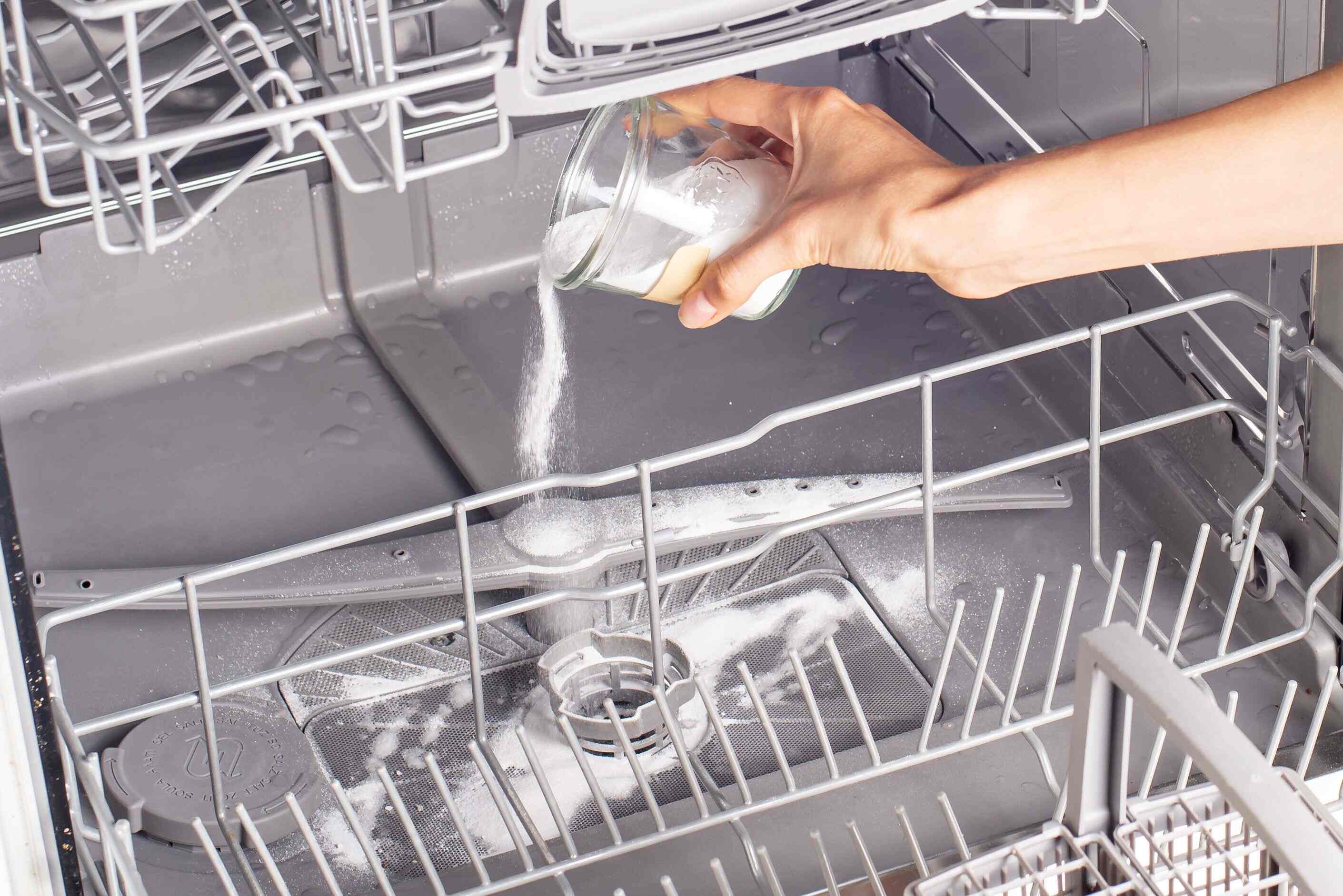
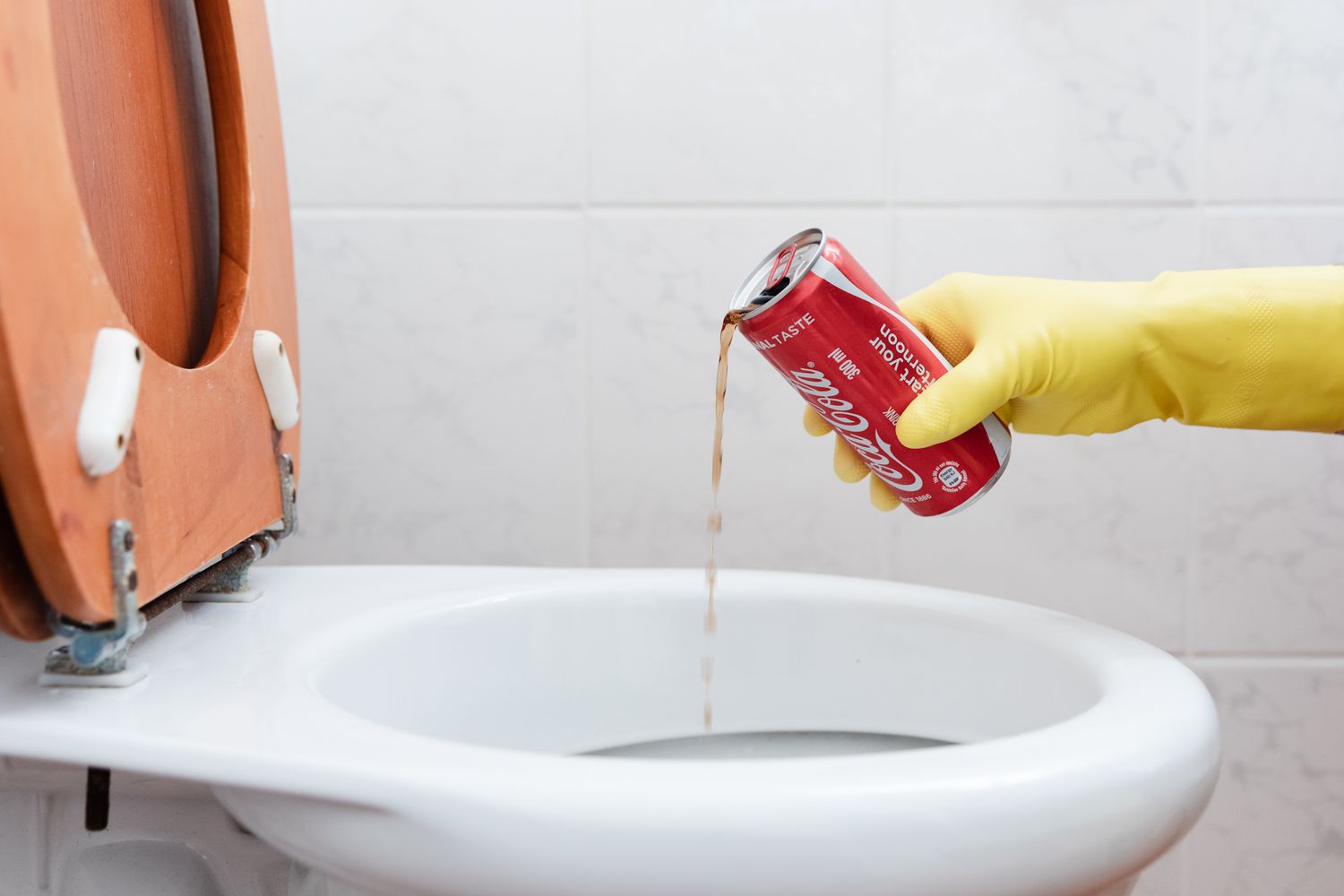
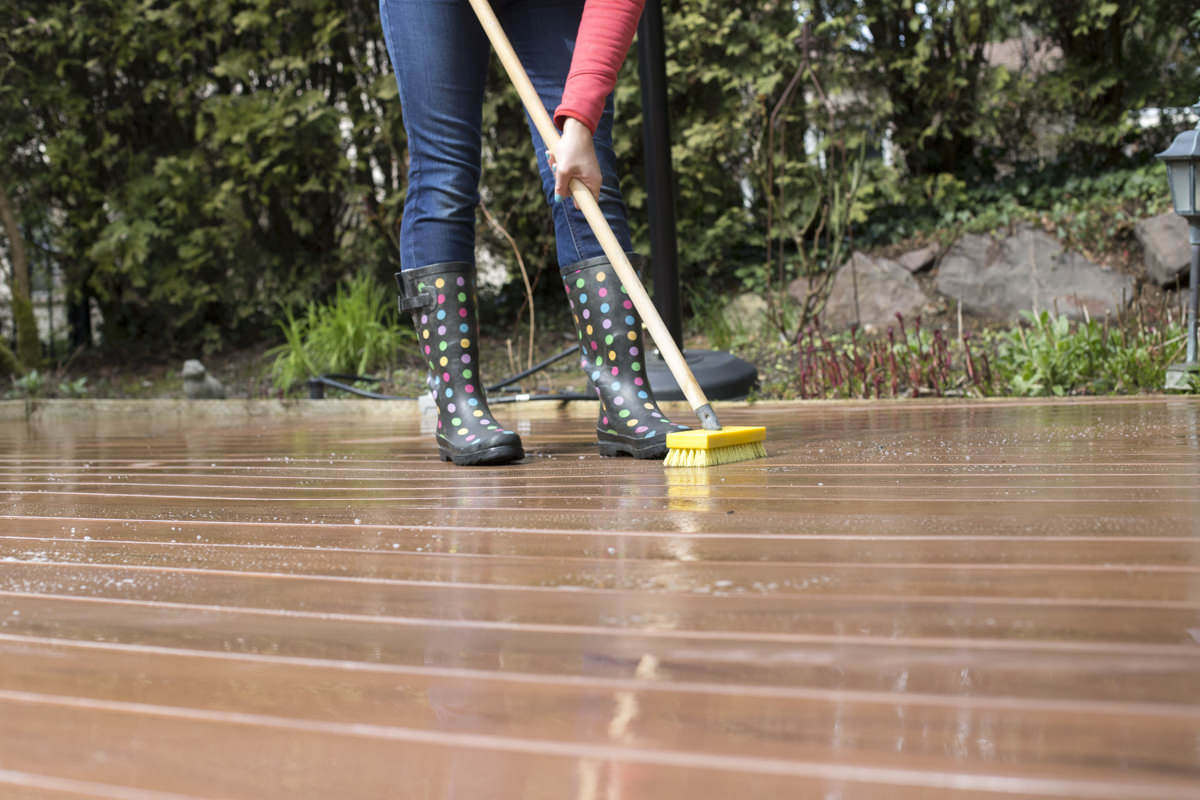
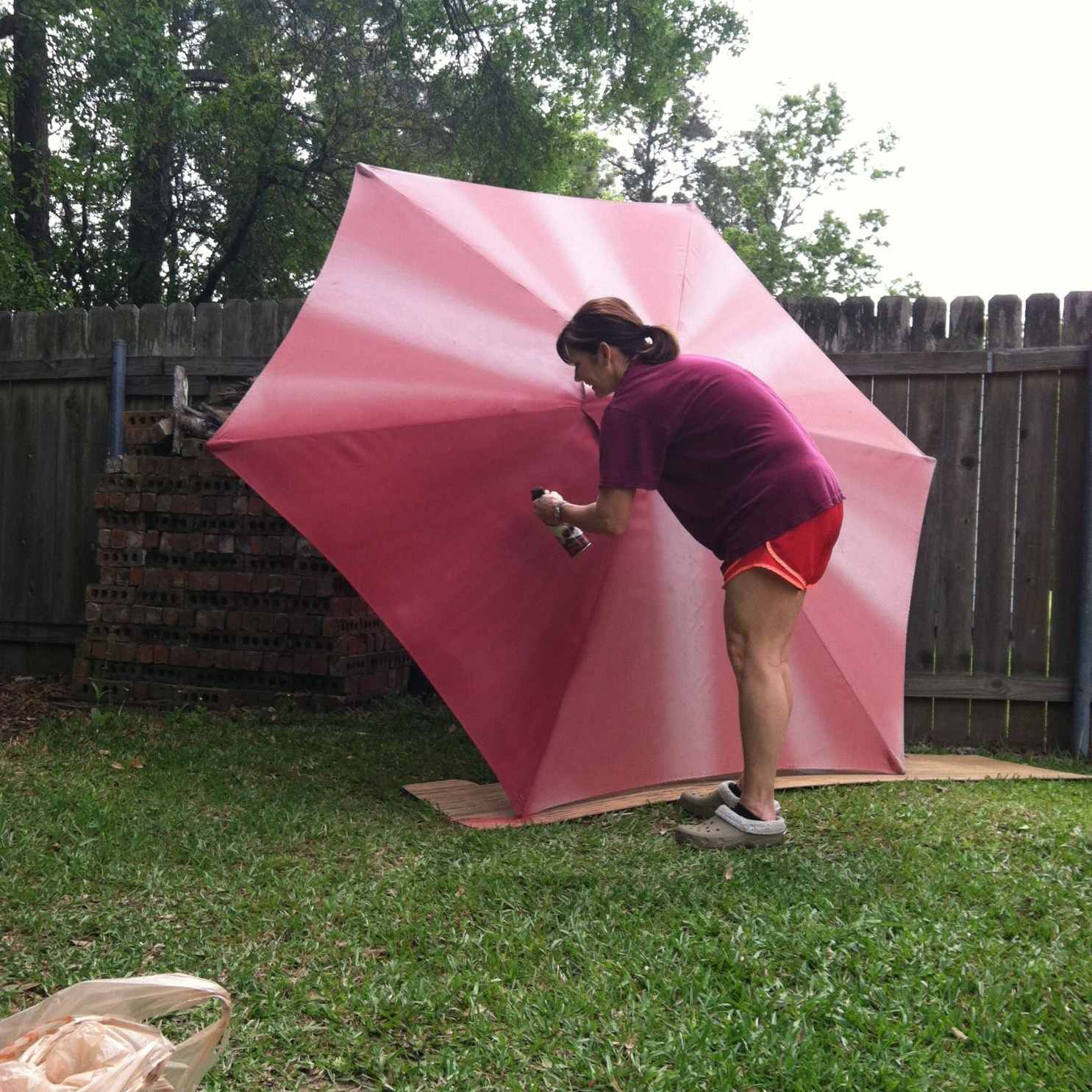
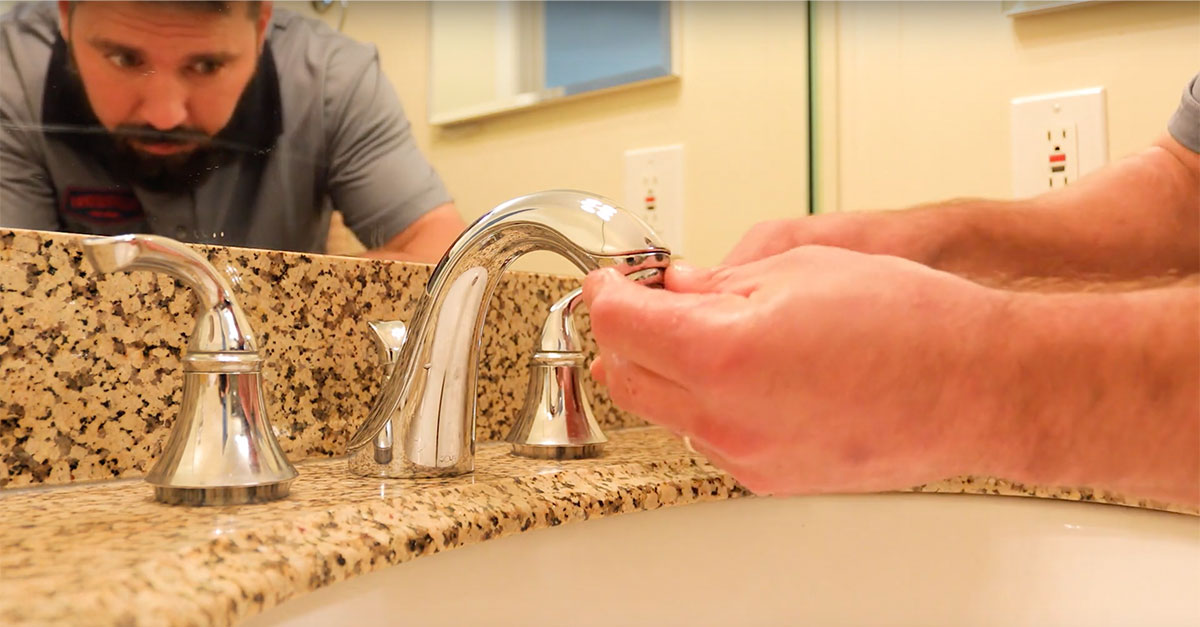

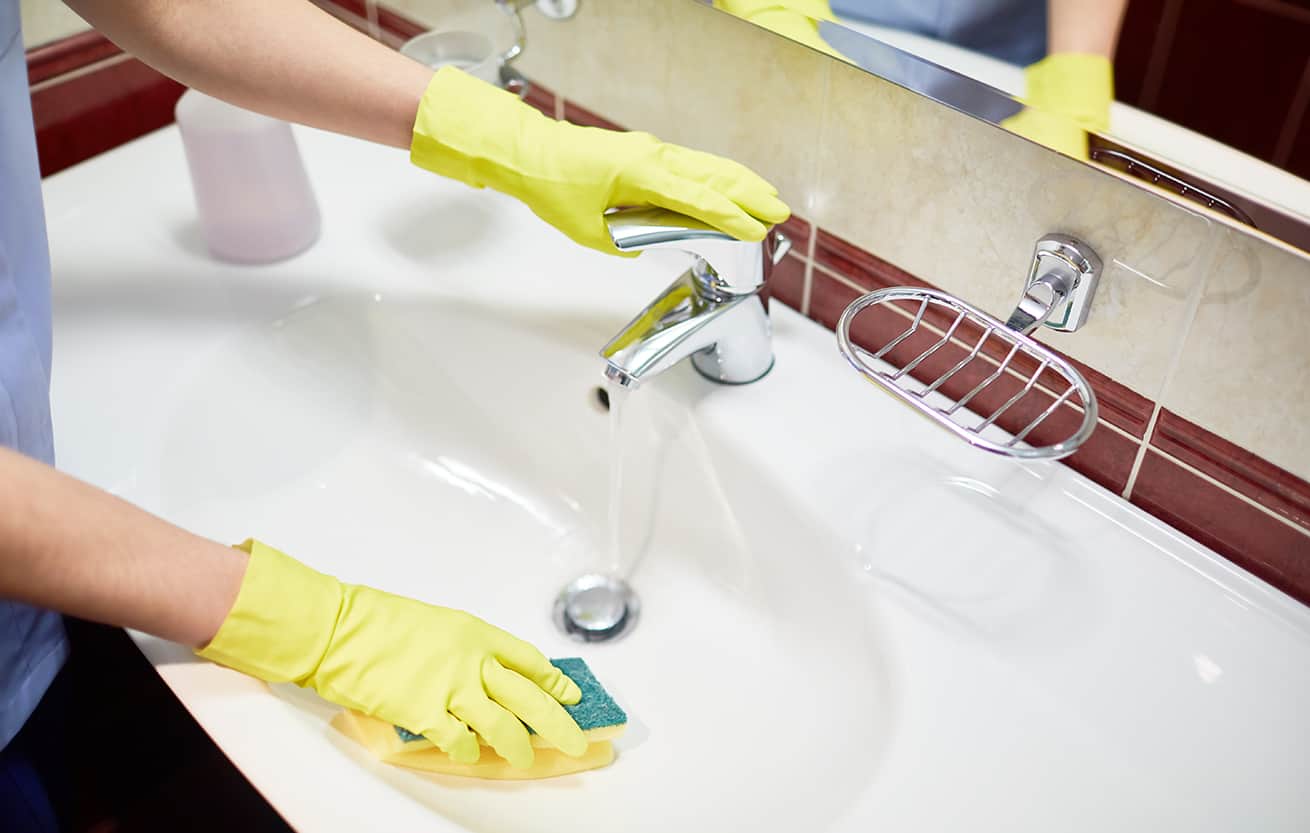
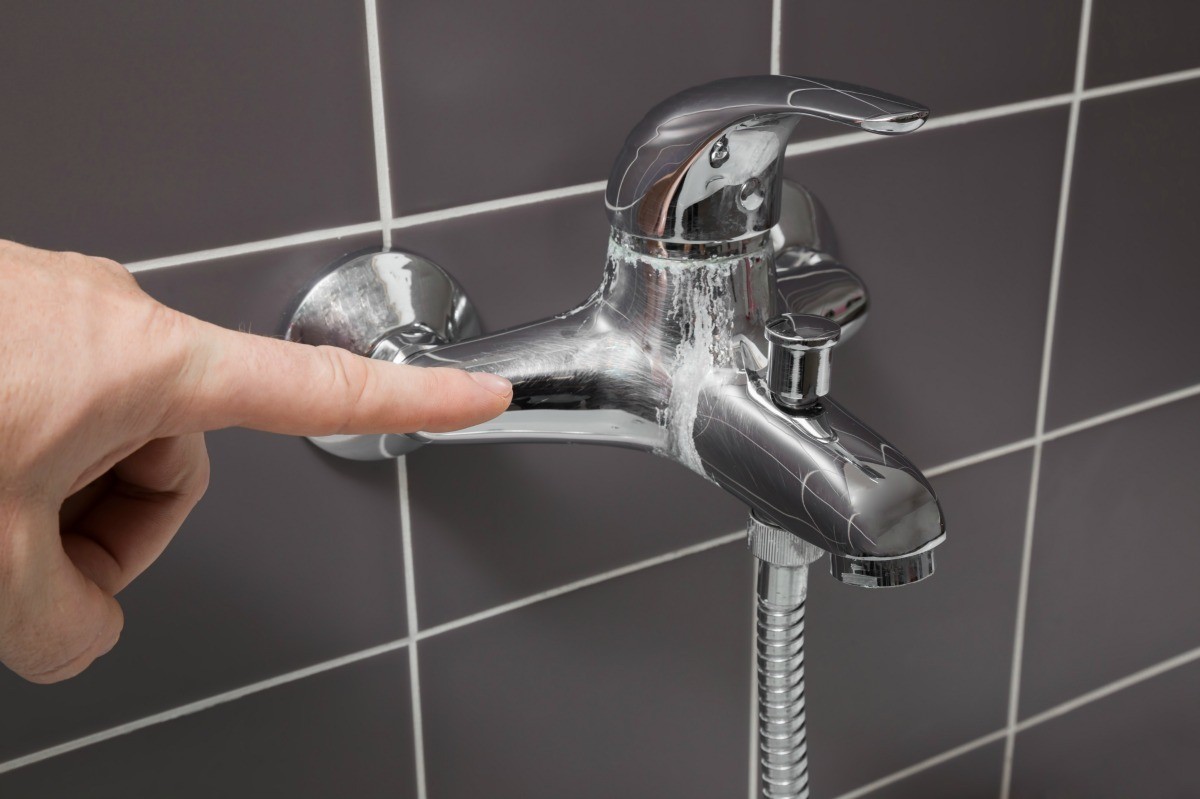
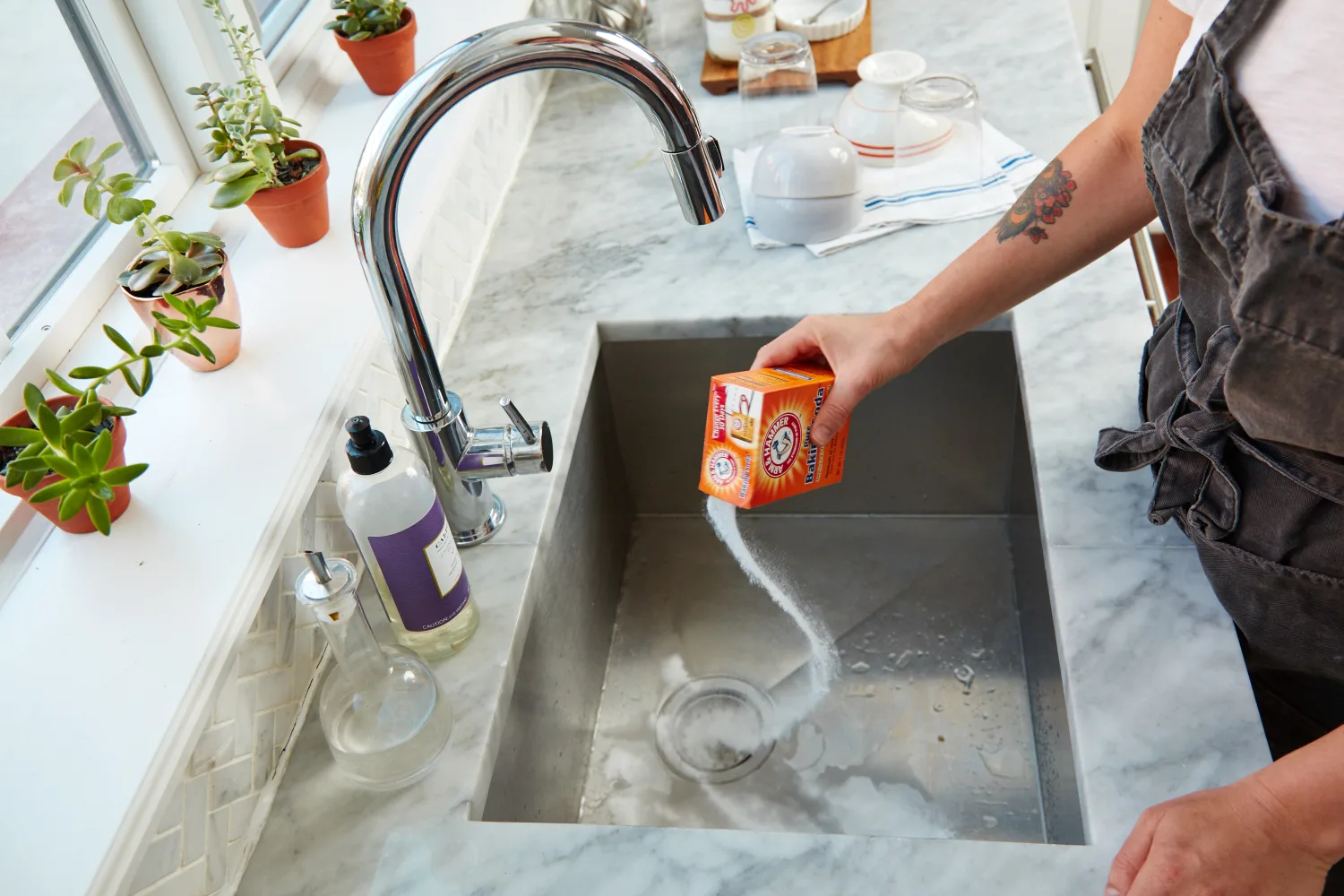
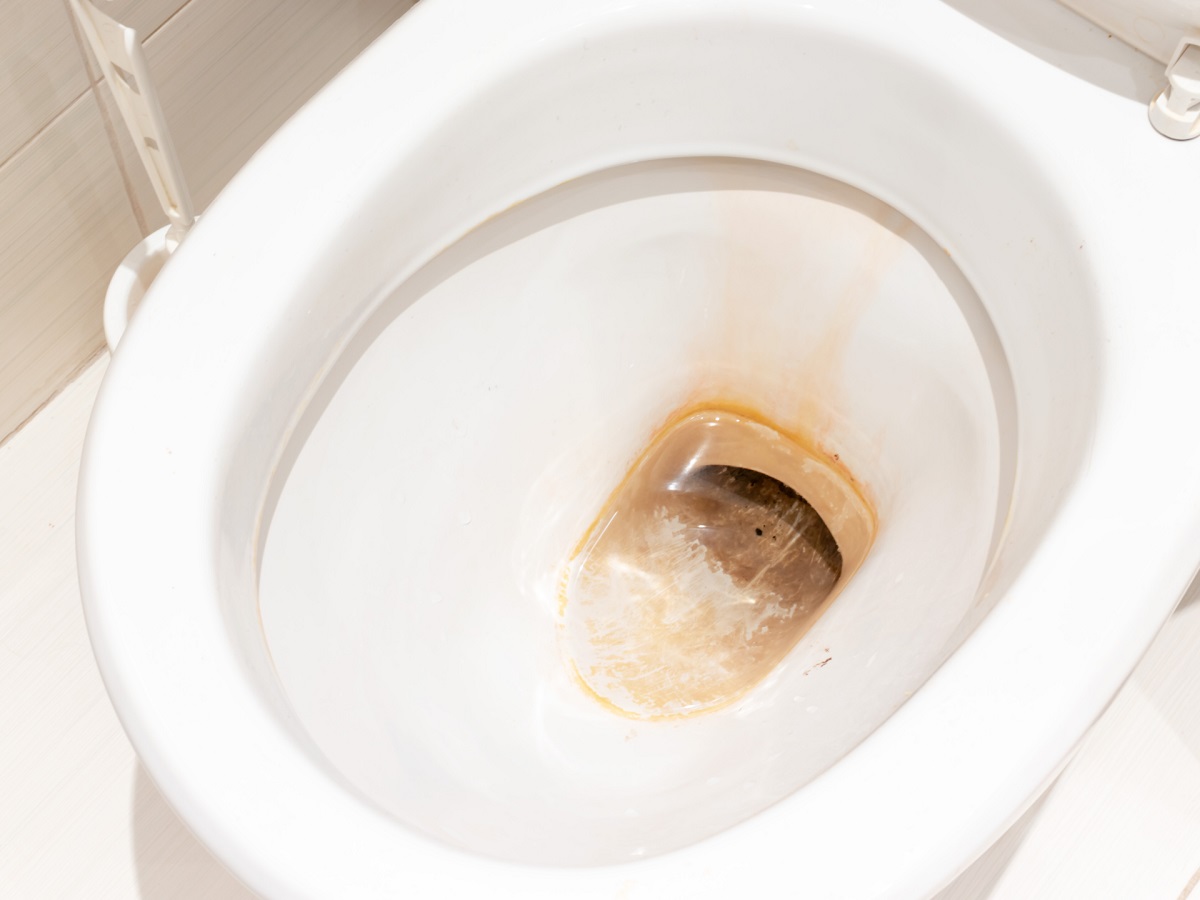
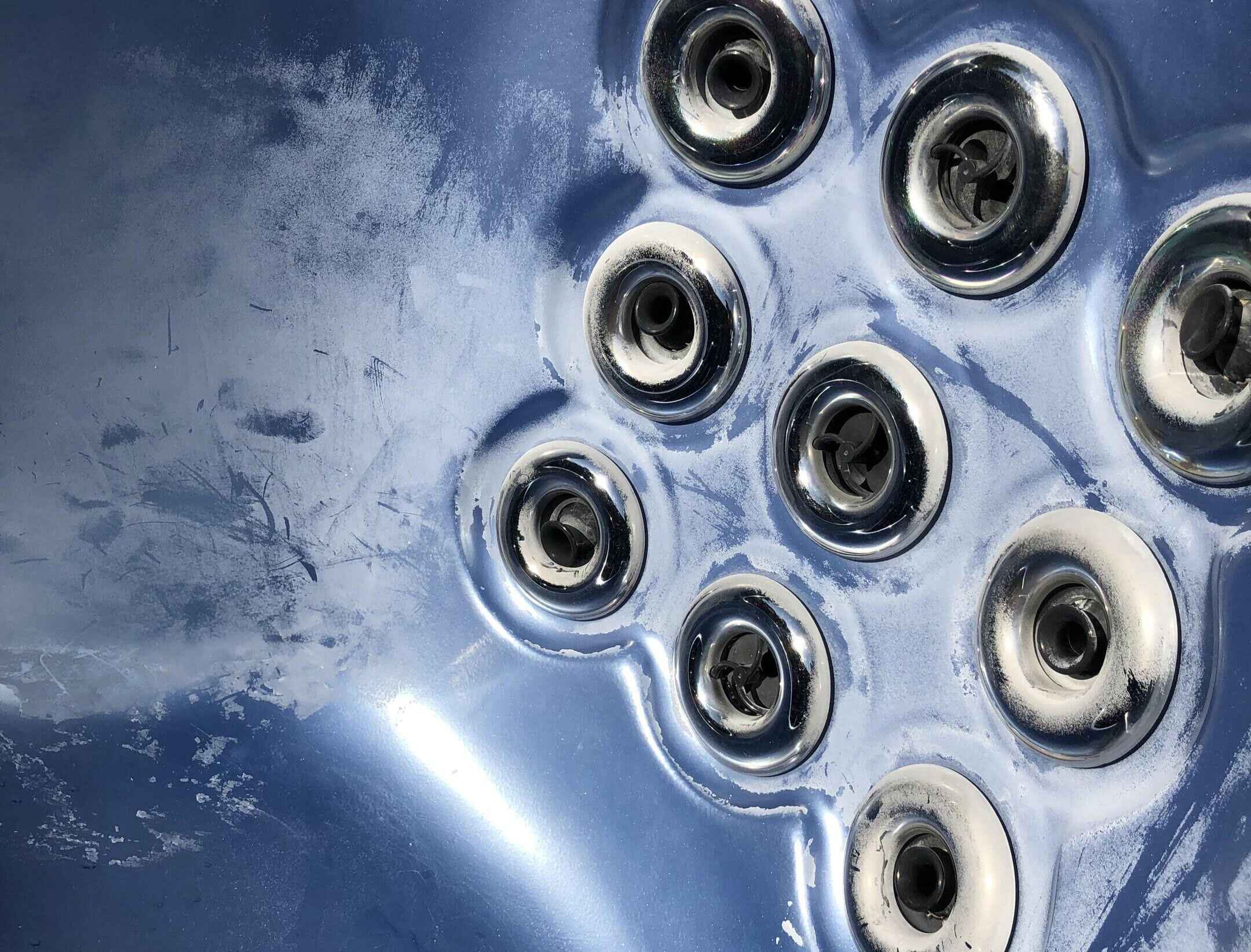
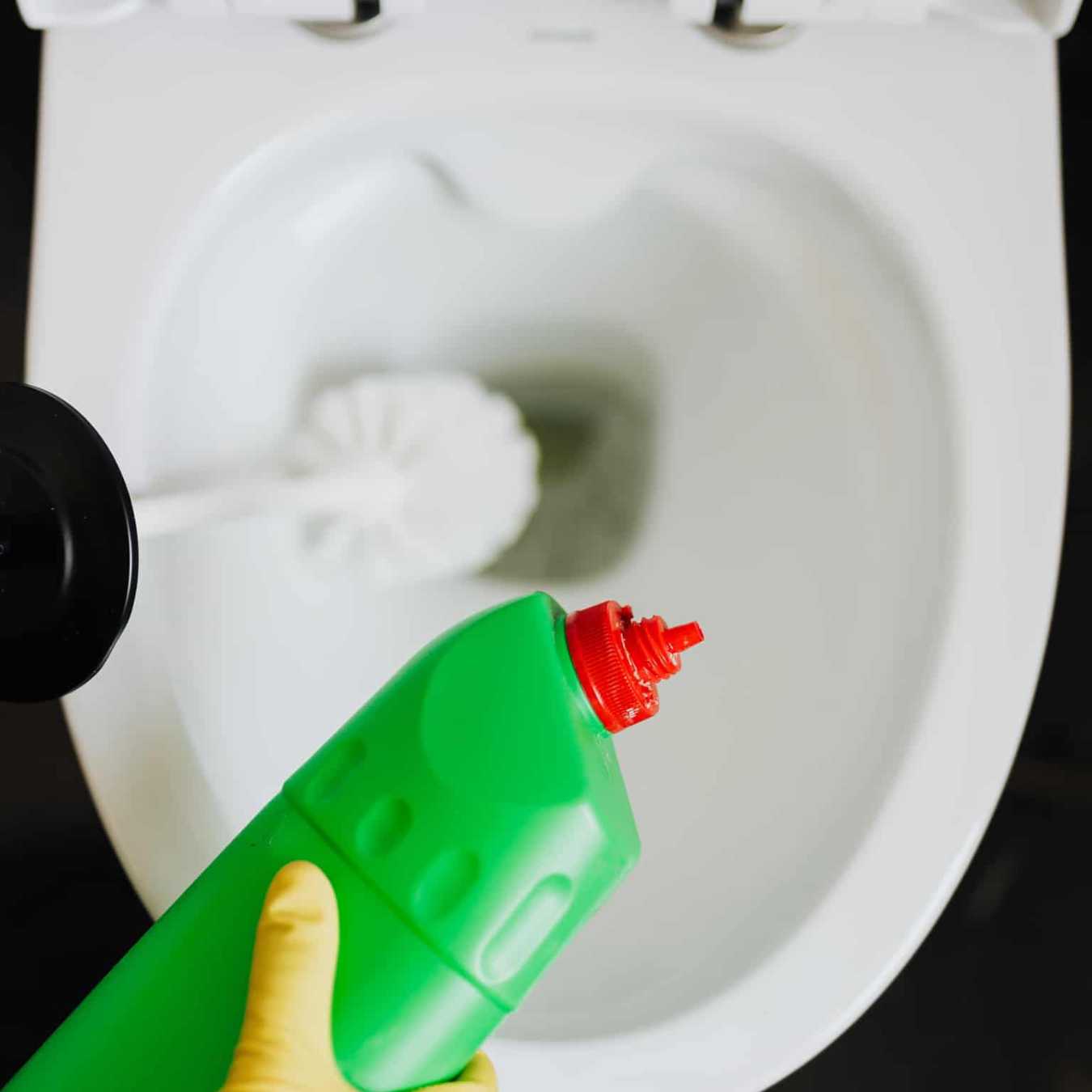


0 thoughts on “How To Clean An Outdoor Umbrella To Remove Unsightly Buildup”